Norwegian Forest cats resemble the Maine Coon cats. The gorgeous cat also has a glorious past and connection to legend and mythology.
Although the longhaired cats are forest cats they’re very popular as a pet at present. The breed’s origin is in southern Europe and its ancestors were shorthair cats.
The Turkish Angora and Siberian cats may be their ancestors as well.
The big cats are very popular in Denmark, Sweden, France, Ice land and obviously in Norway.
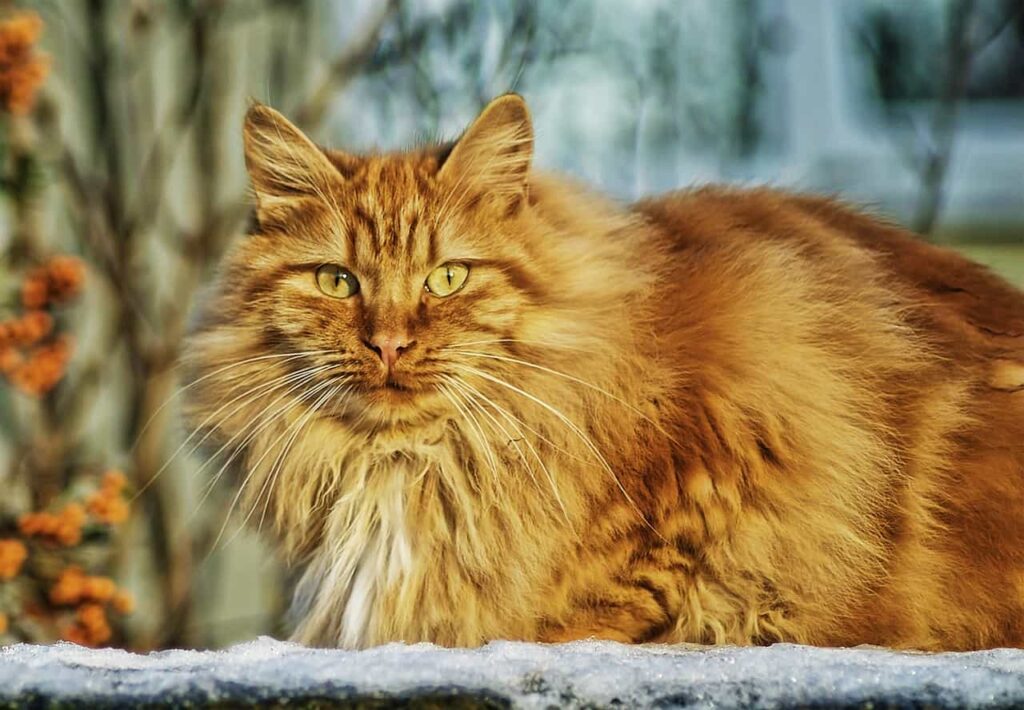

Jump to Section
Breed specialty of Norwegian Forest cat:
Other names: Wegie, Skogkatt, Mountain-dwelling fairy cat (local name).
Personality: Friendly, interactive, independent, adventurous, and obviously a hunter.
Weight: up to 20 pounds but females not more than 18 pounds.
Length: Nose to tail 36 inches.
Coat length: Long and dense undercoat.
Coat color: Can be seen in any color. White marking may be present or not. The breed has some disqualifying colors such as Chocolate, Lavender, Lilac, and the Himalayan pattern.
Coat pattern: Tabby is a very common pattern and color print isn’t available.
Eye color: Green, Gold, Green-Gold, Copper, and white.
Lifespan: Up to 16 years.
Not hypoallergenic
Origin: Norway and northern Europe.
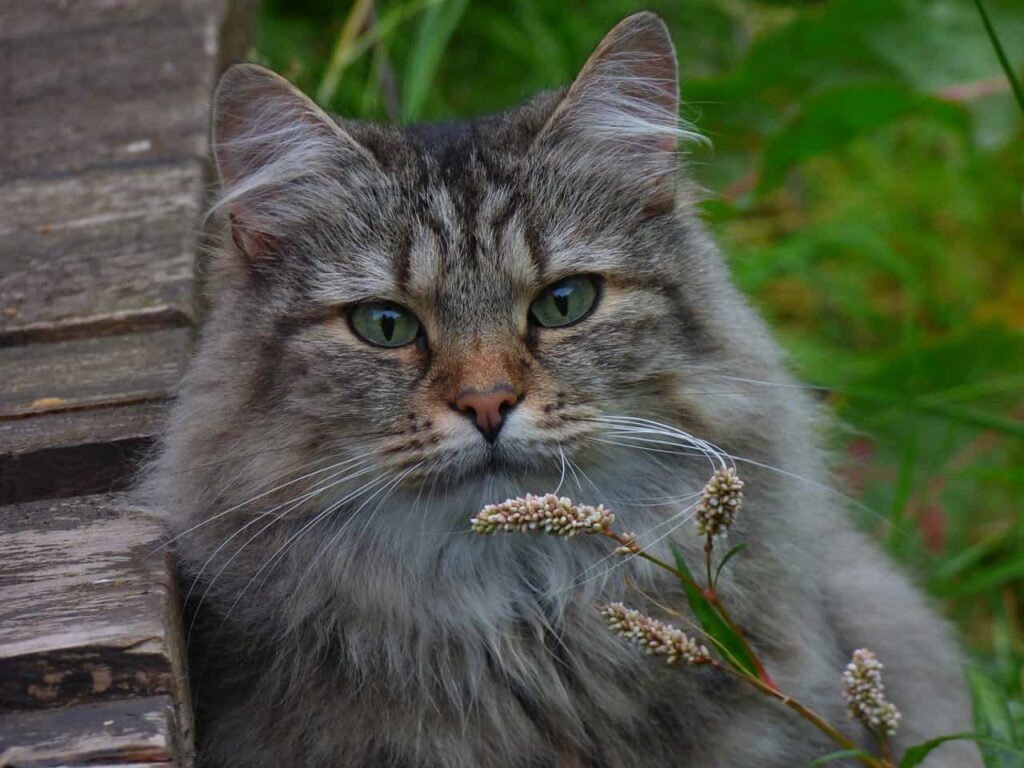

Origin of the Norwegian Forest catbreed:
The breed has a very interesting and exceptional history. The Norwegians are mentioned as Skogkatt in Viking legends and Mythology.
There are several stories regarding the origin of the breed.
One of the stories is- Norwegian cats are the descendants of Short-haired cats. The Romans brought the cats to Europe.
The cold and harsh environment of Norway was a big challenge for the shorthair cats.
Another story states that the Vikings are pirates. So, they were used to keeping Black and White Shorthair cats in their ship as pest controllers.
As the Vikings are the pirates of Scandinavia ( Norway, Sweden, Finland, Iceland, and Denmark so the Norwegians are the offspring of the cats.
The Siberians and Turkish Angora are also possible ancestors of the breed.
Another source is- The Longhaired large cats that exist in Norse Mythology. They pulled the chariot of the Goddess Freya, the Goddess of love and beauty. The Norwegians are also recorded in Edda’s poems sometimes around the 1000 common Era (AD).
They’re described in Norse Mythology as mountain-dwelling fairy cats that have massive and long-haired coats. They can climb those surfaces that no other cats can. Norse mythology was very much inspired by the big-sized, long and shaggy-coated amazing climbers.
They started using farms and peat control for their hunting skills. In the early 20th century, cat enthusiasts discover the wild breed. The first exhibition of the breed was held in Oslo, Norway in 1938.
After the second world war (1939-1945), the magnificent breed started losing its uniqueness because they were interbred with the house cats.
So, An initiative was taken to preserve the breed’s traits in 1970.
The breed arrived in the USA in 1980. The Norwegian Forest Cats are mostly popular in the Scandinavian region.
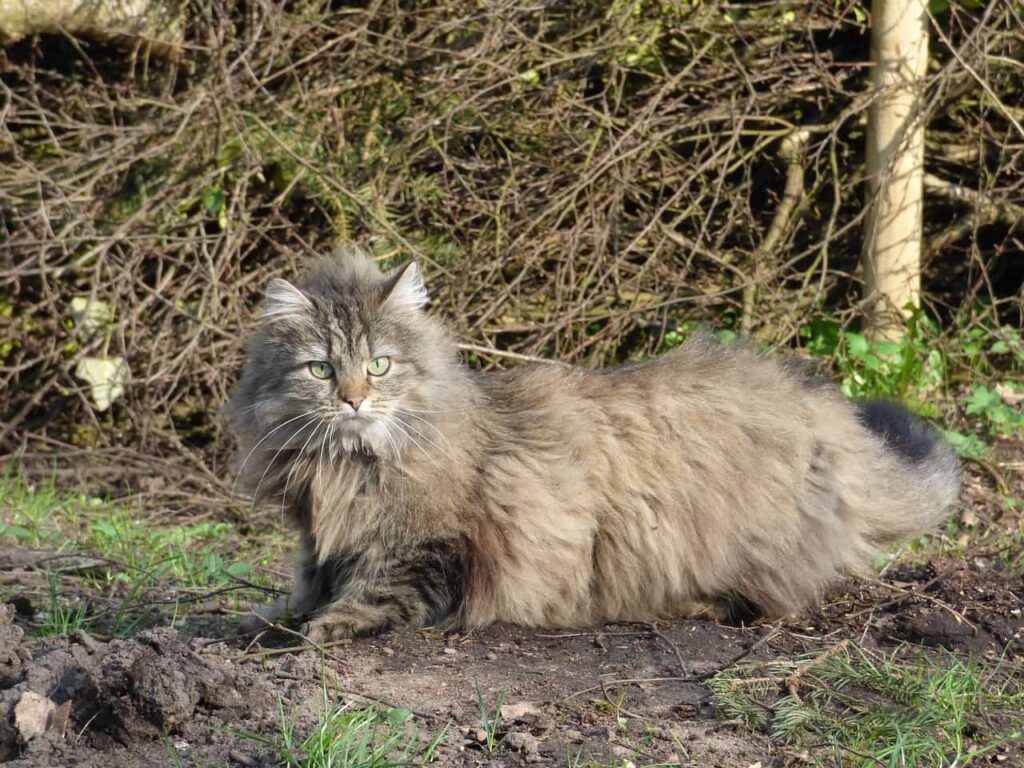

Appearance of Norwegian Forest cat:
Let’s talk about their gorgeous appearance. Norwegian forests are heavily boned and muscular with strong bodies.
They can be medium to large. Chest is broad and girth is considerable. Their length is moderated. The coat is double-layered.
They’re unforgettable for their regal and distinguishable coat. They have built-in winter wear to keep them warm from the extreme cold of Europe.
The wooly undercoat keeps them warm in winter and the upper coat is long, glossy, smooth, and water-resistance ensuring that they don’t get wet.
Wegies coat melts in Spring when the winter coat sheds and the summer coat departs. The coat takes 3 years to get fully mature and the breed takes 4-5 years to develop its full size. It has a god-gifted bushy tail and is very useful in winter while sleeping.
They use their tail as a blanket. Their triangle face is beautiful and gives a royal vibe. The head is long and the chin is very strong.
The intelligent and large eyes give a glowing look and personality. The sweet expressions are killing. They have varieties of eye colors as I have mentioned before. They look at you with Green, Golden, Green-Golden mixed, and also white eyes.
Their ears are medium-large and wide from the base and follow the lines of their face down to the chin. They point slightly sideways and are well-furnished with beautiful tufts of hair.
Some breeders can tell you that Norwegian forest cats maybe with huge ears and elongated heads. Don’t believe them.
Because this is not the Breeds look. So be aware. Coat colors may have white marking or not. The Chocolate, Lavender, Lilac, and Himalayan patterns are not accepted as the colors of Norwegian breeds.
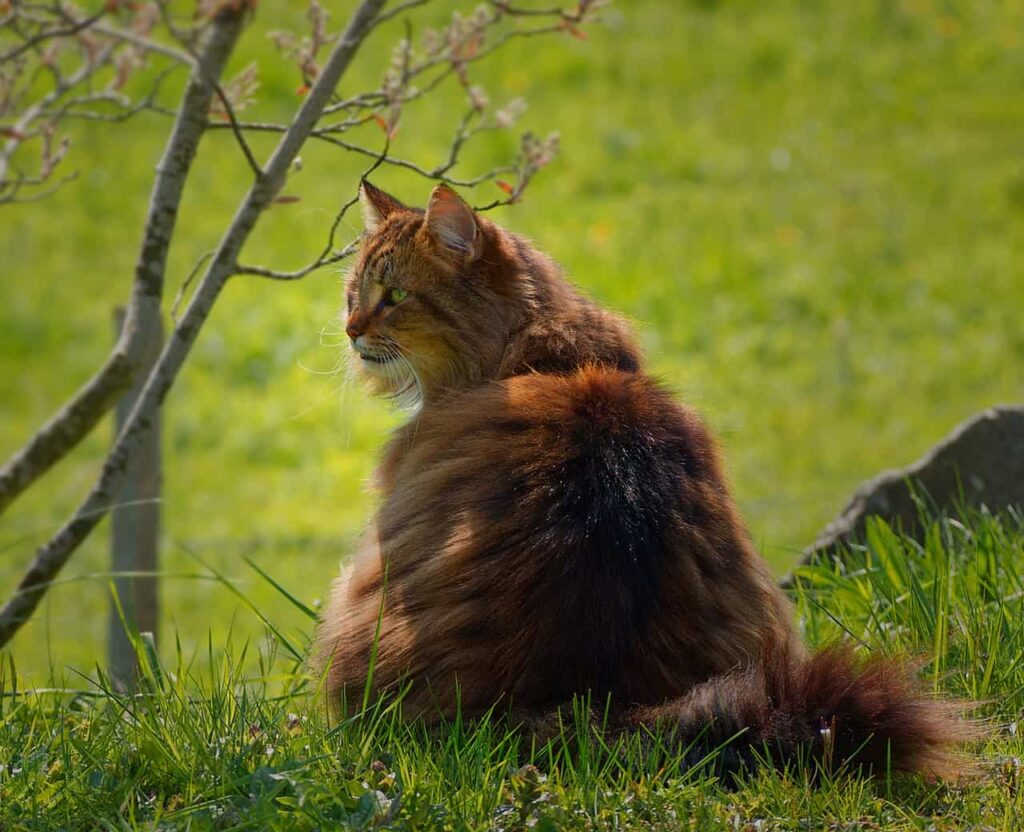

Temperament and nature of Norwegian Forest cat:
The wegies lived in the forest and mountains before. So, it’s very natural that they’re not cuddling and lapping cats. They are the super hunters, adventurous, active, playful, and Have the tolerating power of even very irritating and annoying children. They’re also very friendly with the other pets.
Like to participate in every activity of their family. Like to stay near to their owners instead of getting a hold of their lap. Very family-oriented, sweet, and loving personality. Can get mischievous if get bored.
They are very active. So, if you’re a very busy person, don’t get to adopt the Wegies. They’re used to living in a big house or apartment.
They’re not suitable for hot areas. So, if you live in a hot and Sunny area, then Norwegians are not for you. The breed is suitable for first-time owners.
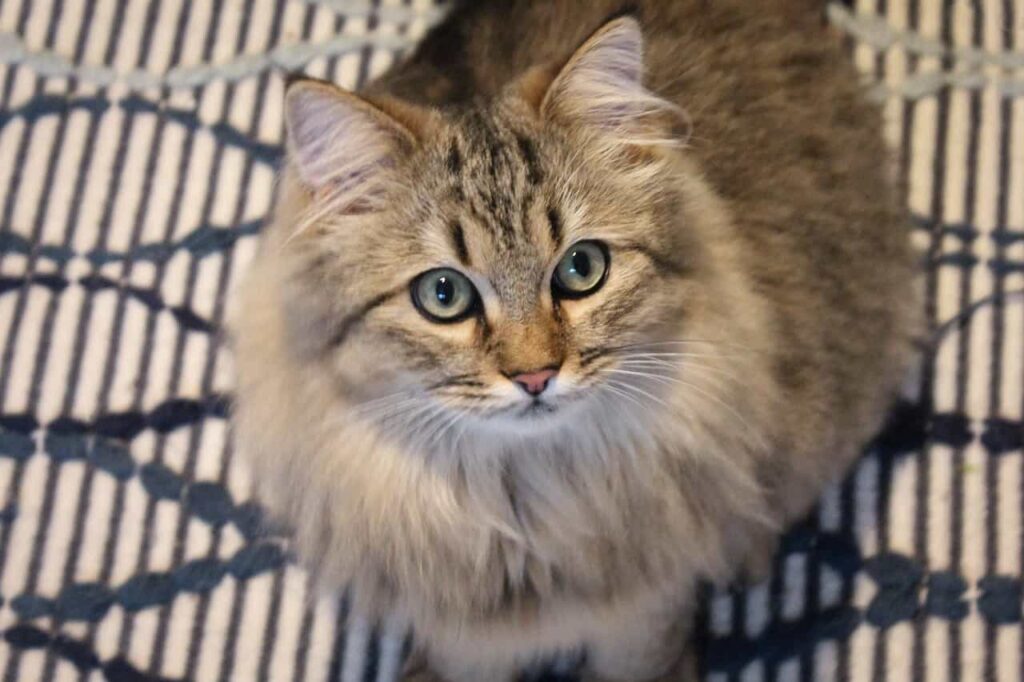

Caring, grooming, and exercise tips for Norwegian Forest cat:
The Norwegians have a regal look. So, it seems that they are high-maintenance cats. But not at all and is a matter of relief.
They need just weekly coat brushing. But in spring, they shed their upper coat to be prepared for the Summer. So, you should brush them twice a week during that season.
Give them a bath every few months, trim their nails, brush their teeth weekly and check their eyes and ears and clean them if needed.
They’re not very active but enjoy playing sessions on their own terms and conditions. As they’re superb climbers so provide them with long cat trees, towers for climbing, perching and scratching, etc. As the Norwegian forest cats are from the forest so they like to watch outside sceneries.
So, set the tree or tower beside the window so your cat can see the Squirrels and birds from the window.
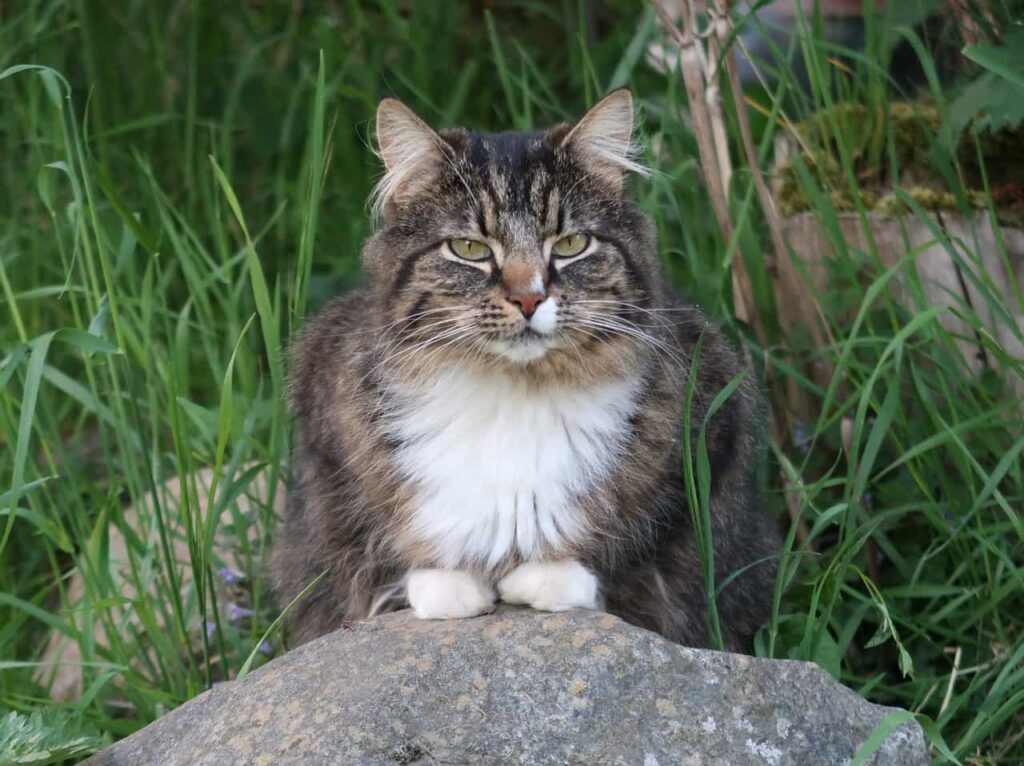

Health and problems of Norwegian Forest cat:
As the Norwegians an interbred so they have some issues in health such as:
- Glycogen Storage Diseases IV- affects the metabolism of glucose. In some cases, kittens die within a few hours of birth. So, a DNA test is a must for the newly born kitten.
- Hypertrophic Cardiomyopathy: One kind of heart dieases.
- Polycystic Kidney diseases: Destroys the Kidney. There is no DNA test available for the Norwegian breed but an ultrasound test can be held at the age of 10 months.
- Retinal Dysplasia: Causes a spot on the cat’s Retina but it doesn’t decrease the power of vision.
- Hip Dysplasia: Arthritis in the hip joint- an inherited disease of forest cats. The treatment is orthopedic and hip surgery.
- Pyruvate Kinase (PK): it’s an enzyme deficiency. It causes damage to the red blood cells. The first sign of the disease is Anemia, fast heartbeats, weightage of the muscles, and lethargy. The treatment is a bone marrow transplant.
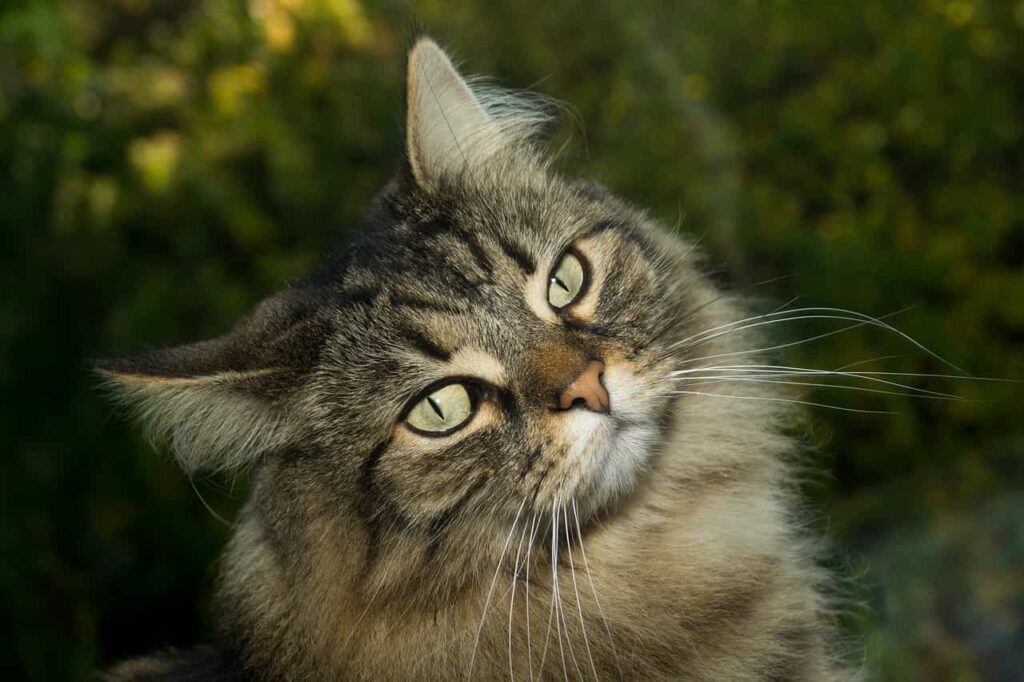

Food and nutrition tips for Norwegian Forest cat:
To keep your Weegie slim and lean and keep them free from heart and Kidney diseases- feed them just twice a day.
Don’t leave free food all day long. Ask your vet about the food and nutrition for your Weegie.
Usually, cats are carnivores. So, so they need high proteins and nutrients. Can food and a mixture of wet and dry food is the ideal food for them.
Some facts about Norwegian forest cats:
- The Maine Coon Cats are the descendants of the Norwegian forest cat.
- They’re Norway’s official/ national cats. King Olav Alexander Edward Christian Frederick (1903-1991) of Norway declared that.
- They can be up to 22 pounds and bigger than even some dogs.
- They stay young than the other breeds.
- They love to climb trees.
- They’re used to walking on the rocks because of their strong paws.
- Though wild cats vocalize a low.
- In spite of having a royal look, they aren’t much expensive.
- The breed became almost extinct but was saved by a breeding program.
- The Norwegian forest cats have a unique coat color that is Amber in 2 shades and it is proven by DNA tests.
- Norwegian forest cats are warriors because their ancestors lived with the Vikings and Crusaders. After a long history, the breed was raised.
- The most adorable and popular cat breed in EUROPE.
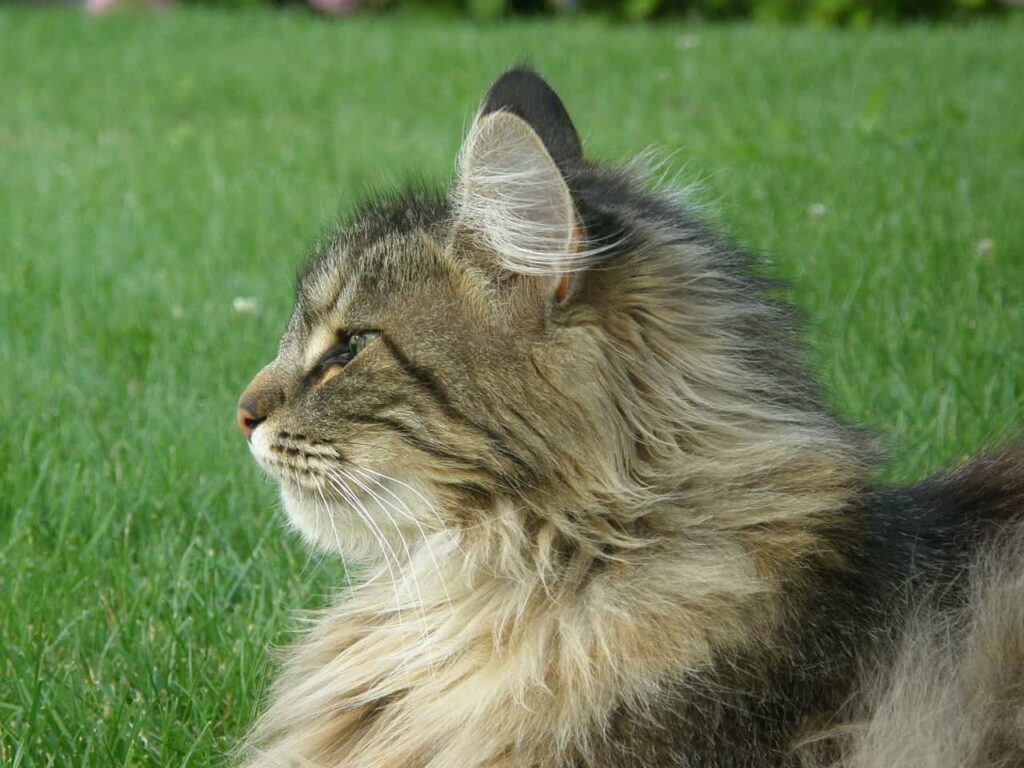

Norwegian Forest cat Overview:
Their ancestors were forest dwellers and worriers you know but now they’re perfect pet and family cats. They love the company of humans and other pets but they don’t like to be held all the time.
They give importance to their independence as well. With a lavish and royal look, they are a unique breed. Their most significant trait is the built-in winter coat and their expertness in walking on the rocks, climbing the trees, and going to the mountains according to Norse Mythology.
No other cats have built-in winter wear. It grows in Winter to give warmness and melts in the Spring season when the necessity ends.
The breed has certain health issues so you need to take care of it.
Adopting a Norwegian Forest cat:
You can search the website of the Cat Fancier’s Association (CFA) and The International Cat Association (TICA).
They publish lists of reputable and trusted breeders. Furthermore, you can go to the cat shows nearby where breeders and experts love to tell about the cats.
As Norwegian forest cats are very adorable and popular and unique as well so they’re hardly found in shelters and rescue groups. But you can take a look. If you’re lucky enough then you can get a Norwegian if a bad lucky owner left it to them.
Cons of Norwegian forest cats:
- The breed is prone to disease.
- You can’t leave it at home for long hours.
- As their furs are long so you can find their furs anywhere during the shedding season.

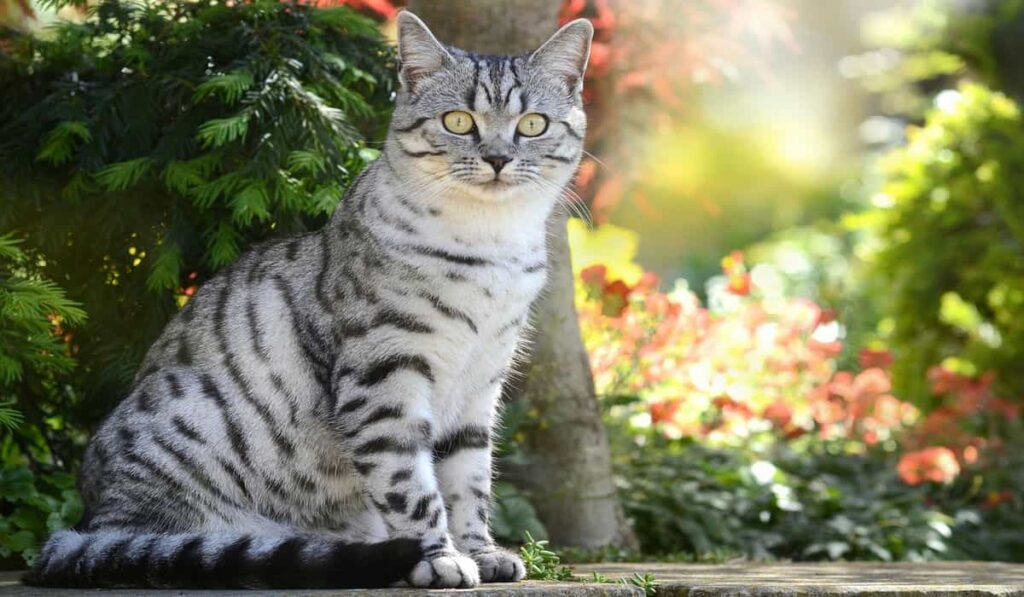
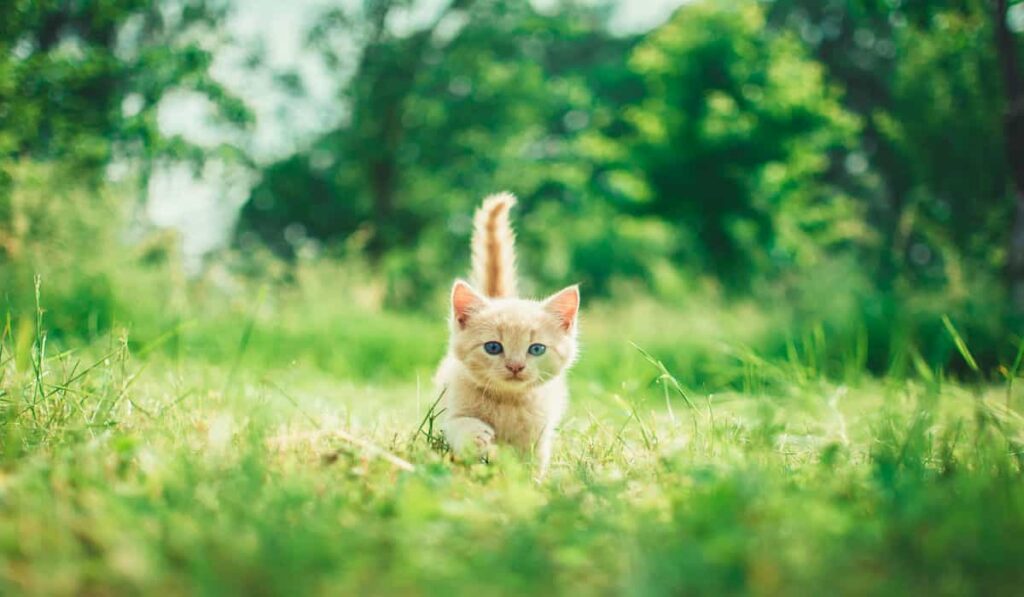
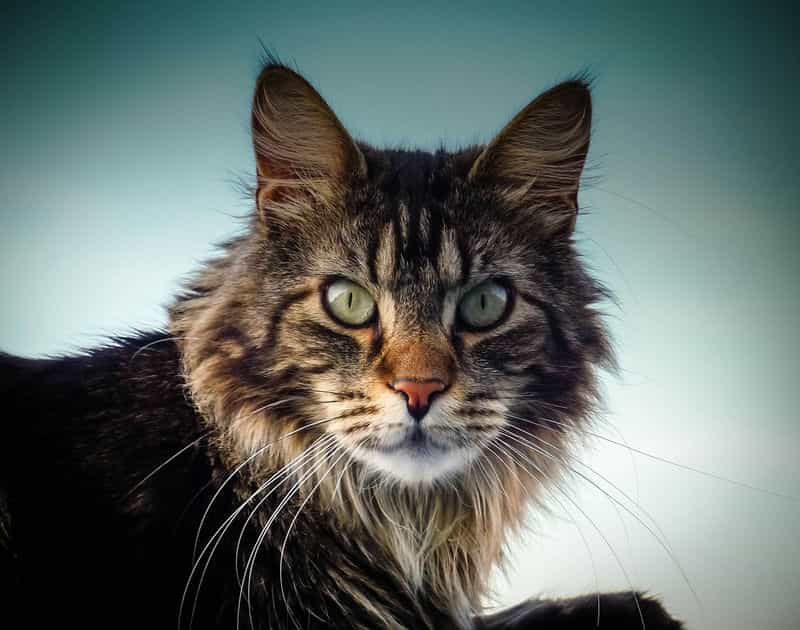
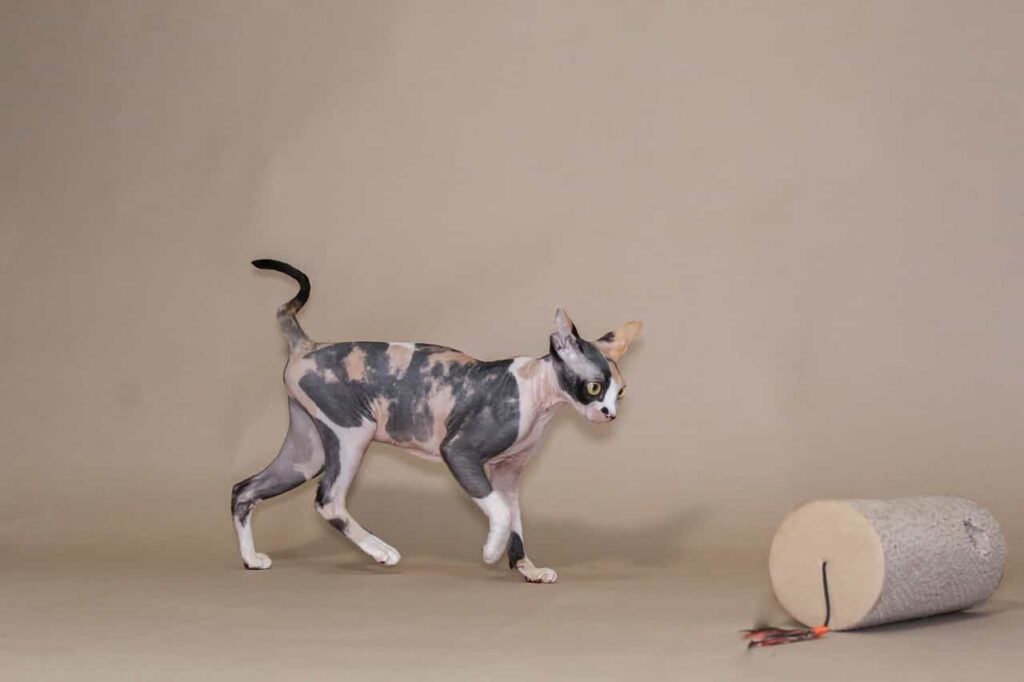
Pingback: The Truth About Black Cats: Myths, Facts, and Secrets Revealed
Pingback: Uncover the Fascinating World of Calico Cat Breeds: A Complete Guide